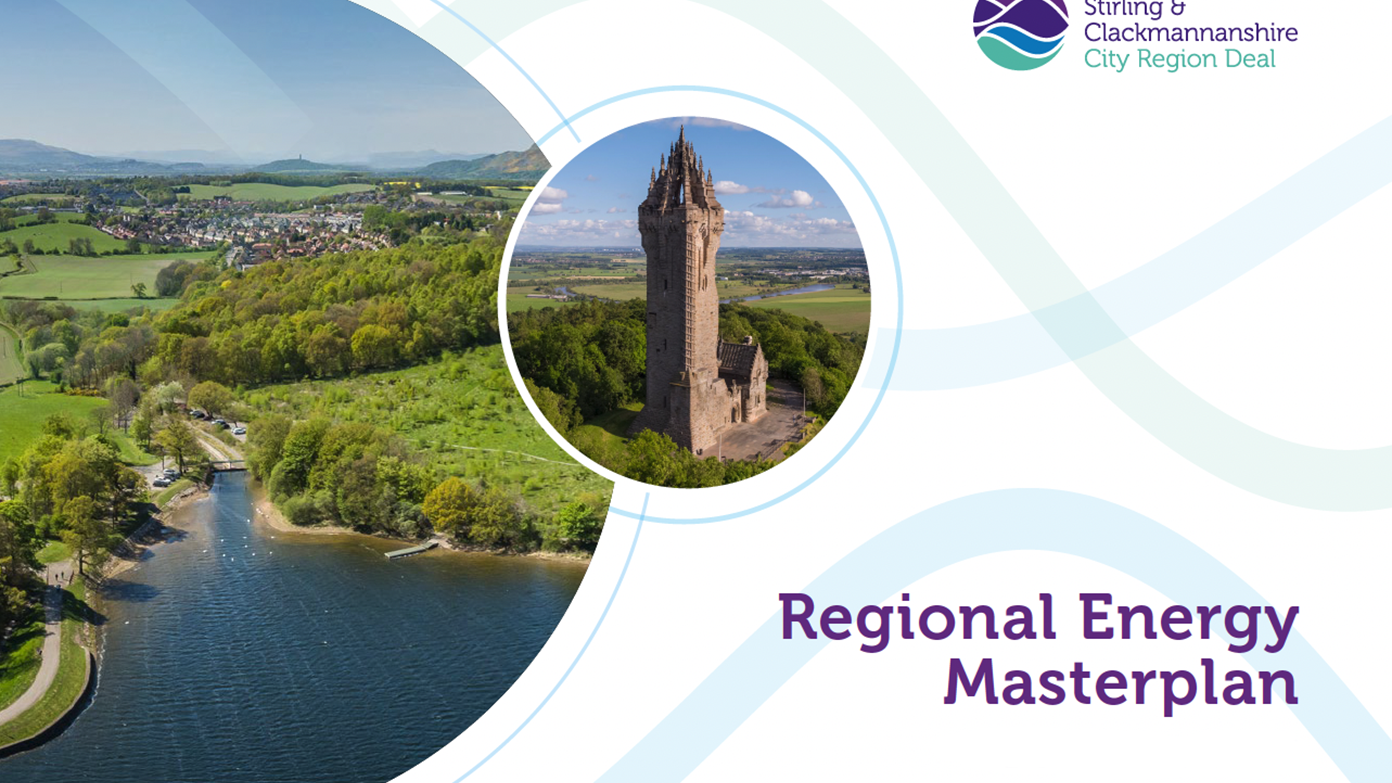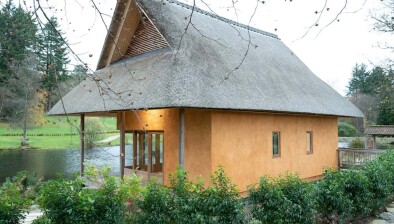Green light for Stirling and Clackmannanshire net zero energy plan

A wide-ranging plan to deliver net-zero improvements in energy and heating systems across Stirling and Clackmannanshire has been approved.
The Regional Energy Masterplan, developed jointly by Stirling and Clackmannanshire councils, maps out a route to reaching a net-zero energy system across the region within measured time periods, considering the region’s energy use and needs. It includes a delivery plan, split into five-year phases, that outlines proposed projects, associated costs and CO2 reductions.
The Regional Energy Masterplan is a key part of the Stirling and Clackmannanshire City Region Deal, a £214 million partnership between both local authorities, the University of Stirling and the UK and Scottish Governments.
It has been shaped through engagement with key stakeholders, local communities, businesses and the public, and lays out a route to net-zero using four key levers:
- Energy Efficiency – reducing energy use and heat demand, primarily through building improvements.
- Heat Management – decarbonising heating systems through renewable technologies and opportunities for localised heat networks.
- Energy Generation – generating new renewable electricity to support the development of decarbonised heat and local energy solutions.
- Sequestration – removing residual emissions through the restoration of nature, primarily woodlands through the likes of tree planting schemes.
The approval of the masterplan also fulfils a Scottish Government requirement for Scottish local authorities to publish a Local Heat and Energy Efficiency Strategy (LHEES) and delivery plan.
Stirling council leader, Councillor Chris Kane said: “Transforming our energy use and generation will be key to addressing the climate and nature emergency.
“The Regional Energy Masterplan is our road map for cutting emissions and creating a net-zero energy system that protects our natural environment for future generations. It also outlines the ways we can seize opportunities to reduce fuel poverty, increase well-being and create new businesses and jobs.
“Successfully delivering the projects within the plan and achieving our objectives will need everyone working together with a common purpose – both councils, residents, private organisations, the public sector and the third sector.
“By doing this, we can inspire the necessary change to tackle the climate emergency and achieve affordable energy for everyone in the region, benefiting the lives of residents and supporting sustainable economic growth.”
Councillor Fiona Law, Clackmannanshire Council’s spokesperson for the environment and net zero, added: “The council declared a climate emergency back in August 2021, and recognised climate change as one of the most serious challenges facing communities here in Clackmannanshire and across the world.
“The council also brought forward its net zero targets to 2040 and set an area-wide target of net zero by 2045. The Regional Energy Masterplan, which I was delighted to support at council recently, is vital to these efforts and outlines how we can work towards decarbonisation of our energy systems.
“Everyone has their part to play in protecting our planet and I look forward to working alongside our partners, businesses, the private sector and residents in achieving our net zero goals.”
The draft Regional Energy Masterplan was approved at recent meetings of Stirling and Clackmannanshire councils.
The potential projects include: energy efficiency improvements within buildings; installing district heating networks at a number of identified locations in the region; generating renewable energy through the likes of solar panels at suitable sites and capturing carbon by planting millions of tree and restoring peatlands.















